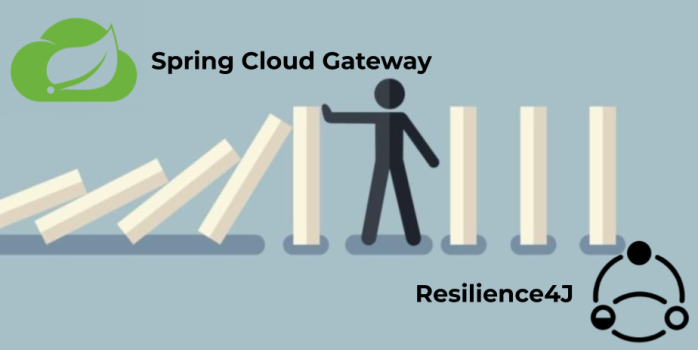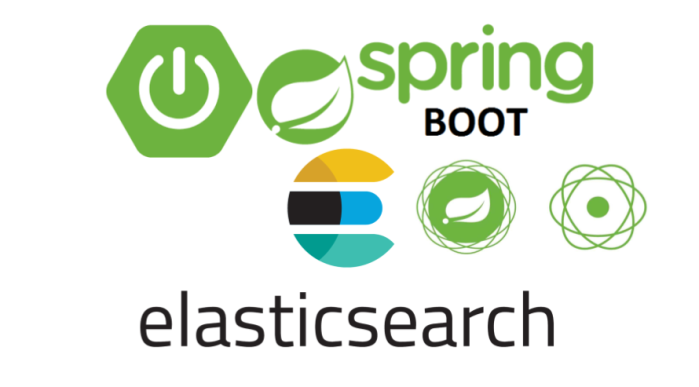I have already written many articles, where I was using Docker containers for running some third-party solutions integrated with my sample applications. Building integration tests for such applications may not be an easy task without Docker containers. Especially, if our application integrates with databases, message brokers or some other popular tools. If you are planning to build such integration tests you should definitely take a look on Testcontainers (https://www.testcontainers.org/). Testcontainers is a Java library that supports JUnit tests, providing fast and lightweight way for running instances of common databases, Selenium web browsers, or anything else that can run in a Docker container. It provides modules for the most popular relational and NoSQL databases like Postgres, MySQL, Cassandra or Neo4j. It also allows to run popular products like Elasticsearch, Kafka, Nginx or HashiCorp’s Vault. Today I’m going to show you more advanced sample of JUnit tests that use Testcontainers to check out an integration between Spring Boot/Spring Cloud application, Postgres database and Vault. For the purposes of that example we will use the case described in one of my previous articles Secure Spring Cloud Microservices with Vault and Nomad. Let us recall that use case. Continue reading “Testing Spring Boot Integration with Vault and Postgres using Testcontainers Framework” →






